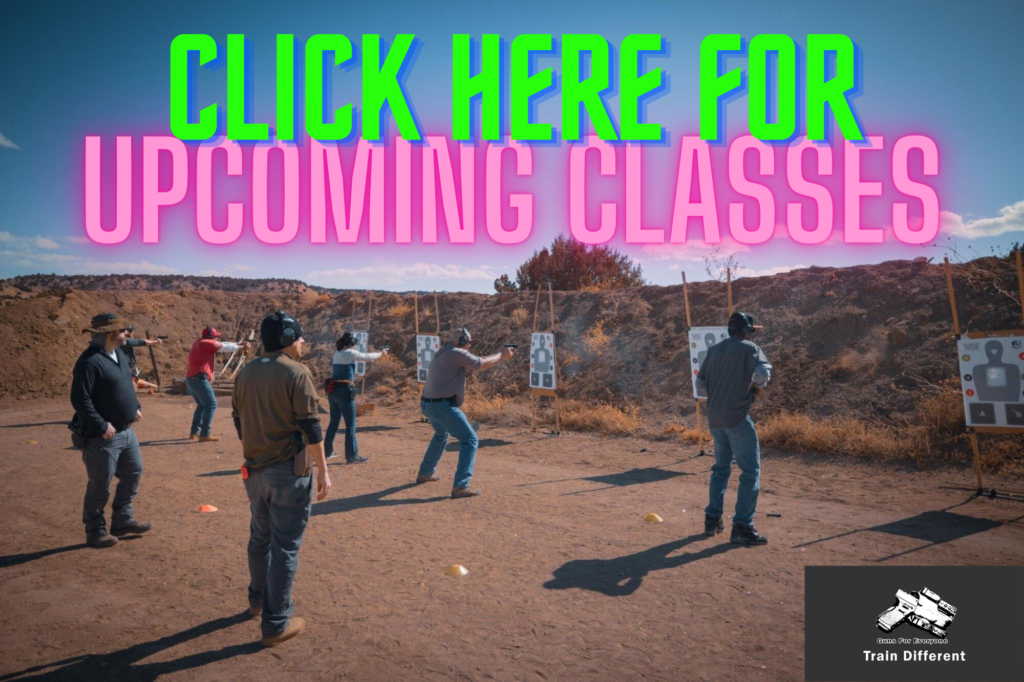Last week, we sent an email defining what Justified means in self defense.
This week we’re going to talk about a psychological phenomenon that could impact whether you are really ready to defend yourself.

It’s 10pm on a Saturday night. You and your best friend have just finished dinner at a restaurant that you have been to many times before. As you are walking alone towards your car you see a stranger walking in your direction on the sidewalk. There is something about him that gives you a feeling that he is going to talk to you. No problem, it’s not unusual for strangers to talk to each other. As he approaches his focus is on you and he looks quickly left towards the street as he starts to ask you for a cigarette. His hands don’t look threatening but he’s fidgeting with his belt. Your brain starts sending you signals that this is a dangerous situation but you don’t want to be rude, weird, paranoid or judgy. While he’s asking for a cigarette, you politely tell him sorry you don’t smoke and have a nice night. What you didn’t notice is that he has positioned his body between you and the street, putting your back to a wall. Without any apparent warning, he takes a swing at you and now you’re in a violent robbery.
To most normal people on the street, violence is not normal. But to an attacker, violence IS normal.
Normalcy bias is a psychological phenomenon that causes us to ignore important information about our environment because we can’t or don’t want to accept that things outside the norm can be happening. In the world of self defense, this can be a huge problem for us. It can slow down our recognition of a violent encounter and can impede our ability to act.
In the story above, as the stranger is approaching he is giving signs that he is going to speak to you. While speaking to strangers is not unusual, the circumstance of being alone on a public street at night and possibly no one else around makes this a much higher risk interaction. If things go wrong, they can go really really wrong.
As the unknown contact approaches, your gut is telling you that this is high risk, but your rational brain may be trying to search for reasons to believe that there is nothing wrong here. There is a fight happening in your brain.
As the encounter develops, the unknown contact continues to broadcast signals. Looking around while talking to you, touching his pant line, moving you into a vulnerable position are all pre attack indicators. But you might be distracted by a very normal question, a request for a cigarette. As the encounter continues, your options to keep this from becoming a fight are disappearing. The bad guy is trying to act normal but he’s about to do something very abnormal. These conflicting signals are going 100 miles per hour in your brain.
To most normal people on the street, violence is not normal. But to an attacker, violence IS normal. For good moral people who unfortunate enough to have been in violent encounters, it’s much easier to defeat this normalcy bias and to take this situation as seriously as they should. But if you’re new to the world of violence, your rational brain may be working against you.
How do we learn to defeat this bias without exposing ourselves to a mugger just for the experience? Training and education. Training to be confident in our skills, training in dealing with unknown contacts, to recognize pre attack indicators, training to communicate with skill, and educating ourselves on what violence looks like in the real world. Without having seen the real world consequences of these encounters, it’s hard to take them seriously. Thanks to the internet, you don’t need to look very hard anymore. But you do need the will to learn.
Don’t let your biases blind you to the world around you. Take your self defense training and education seriously.
I strongly encourage you to take the chance to train for actual defensive scenarios. Join us for an upcoming class and build the skills that may save your life!

